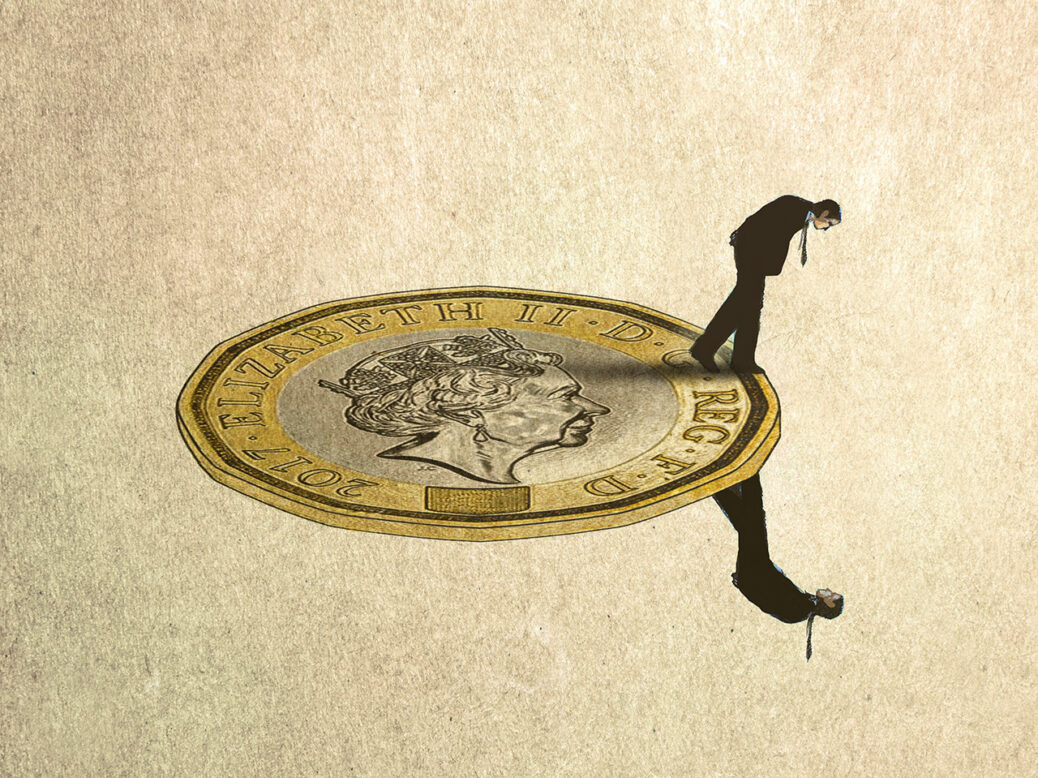
On 22 November Jeremy Hunt, the Chancellor, will deliver his Autumn Statement. One week before that, we have learned, Liz Truss will release a report produced by her Growth Commission. The report – helpfully titled the “Growth Budget” – is expected to contain recommendations for various tax cuts. Of course it is.
The desire for tax cuts among an element of the Conservative Party is strong. It is perhaps not surprising given that taxes are rising rapidly as a consequence of high inflation and frozen tax thresholds. If the purpose of Conservative governments is to shrink the size of the state (and at least some Tories see it that way), a record tax burden after 13 years in office is a source of shame. Truss won the Conservative leadership election in the summer of 2022 by making the case for lower taxes and while her economic delusions collided with reality in office, she is not going to abandon that approach now.
Anybody who thinks that Trussonomics could succeed next time would do well to read the Institute for Fiscal Studies’ Green Budget, produced in conjunction with the bank Citi and published earlier this week. The message is clear: this is no time for tax cuts for both fiscal and macroeconomic reasons.
The Office for Budget Responsibility (OBR) will provide an update on the fiscal position in November, but the IFS is able to have a good guess at what we will learn. Growth, for example, will be upgraded for this year but downgraded for future years. Tax receipts will be higher than expected because inflation has been higher than expected, which, combined with a freeze in tax thresholds, will raise revenues. But the government’s debt interest bill is on the up.
To illustrate this, it is worth looking at the anticipated debt interest bill for 2026-27. In the March 2022 Budget it was expected to be £47bn. By March 2023 the OBR forecast – based on market expectations – was £89bn. Using the same approach we can expect the OBR to state that the government’s debt interest bill in 2026-27 will be £108bn. In other words, in the last 20 months this figure has increased by £61bn, which is almost 50 per cent more than the entire defence budget. In fairness, interest rates are volatile and Citi believes that market expectations are too high and that debt interest costs for 2026-27 will be a mere £29bn higher than expected in March 2022. Of course, £29bn is still a rather large number.
[See also: Labour’s two by-election victories put the party in landslide territory]
The overall impact is that Hunt may still just about manage to meet his fiscal rule of reducing debt as a share of GDP by the end of the five-year forecast period. But it is going to be close and based on some implausible tax and spending projections.
To take one example, while Rishi Sunak spent September vowing to end the “war on the motorist”, official government policy (which the OBR uses for its tax assumptions) is that the temporary 5p per litre cut in fuel duty will be reversed next spring and that fuel duty will thereafter rise in line with inflation. Abandoning that policy – as the government surely will – will reduce tax receipts by £6bn a year by the end of the forecast period. Spending plans, especially for unprioritised areas, also look implausibly tight.
In addition to the fiscal considerations, there is also the concern about inflation. If the government pumps more money into the economy, this would result in higher prices, which would in turn result in interest rates rising and staying higher for longer. This also has fiscal implications: higher interest rates will feed through into higher spending on debt interest costs. Of course, if the markets catch fright because they believe fiscal plans are reckless, interest rates might rise significantly.
This is what happened last year under Truss, who still argues we should slash taxes. She still has not learned anything from her time as prime minister.
The lessons from Trussonomics apply more widely than the Tory right. For the foreseeable future, there is little or no scope for fiscal loosening. For most of that foreseeable future, it is likely that Labour will be in office with no choice but to pursue a fiscally conservative approach.
Rachel Reeves, the shadow chancellor, is evidently reconciled to that fate. Her conference speech in Liverpool did not shy away from the difficult situation she will inherit – a message that her party, the country and the markets needed to hear. At a time when the bond markets remain jittery, Reeves, with her caution on public spending and respect for financial institutions, is a reassuring figure.
The full implications of the fiscal and inflationary constraints, however, have not necessarily been absorbed by Labour as a whole. The party still looks to the example of the US with the big-spending Inflation Reduction Act, still has ambitions to implement its £28bn Green Prosperity Plan and emphasises the importance of an industrial strategy. It can still have an industrial strategy, but it will have to be one without much in the way of fiscal firepower unless a Labour government is prepared to increase taxes. Bidenomics is not an option here, at least not in the current circumstances.
Frustrating though it may be for politicians across the political spectrum, the reality is that there is little room for manoeuvre on fiscal policy. Neither tax cuts nor large spending increases are likely whoever is in power.
[See also: The Conservatives are heading where the Republican Party led]






